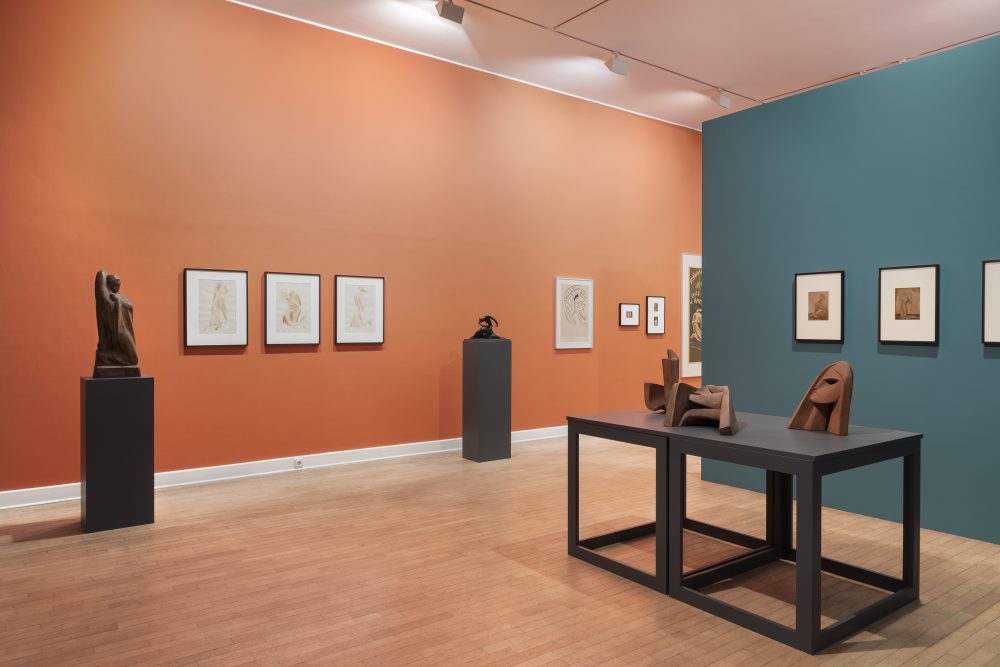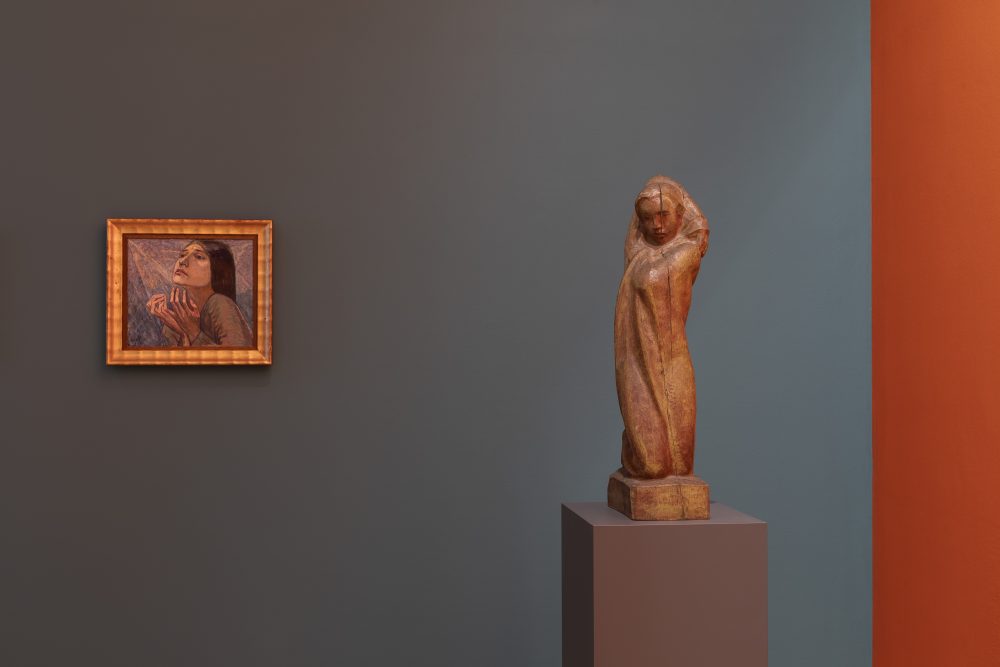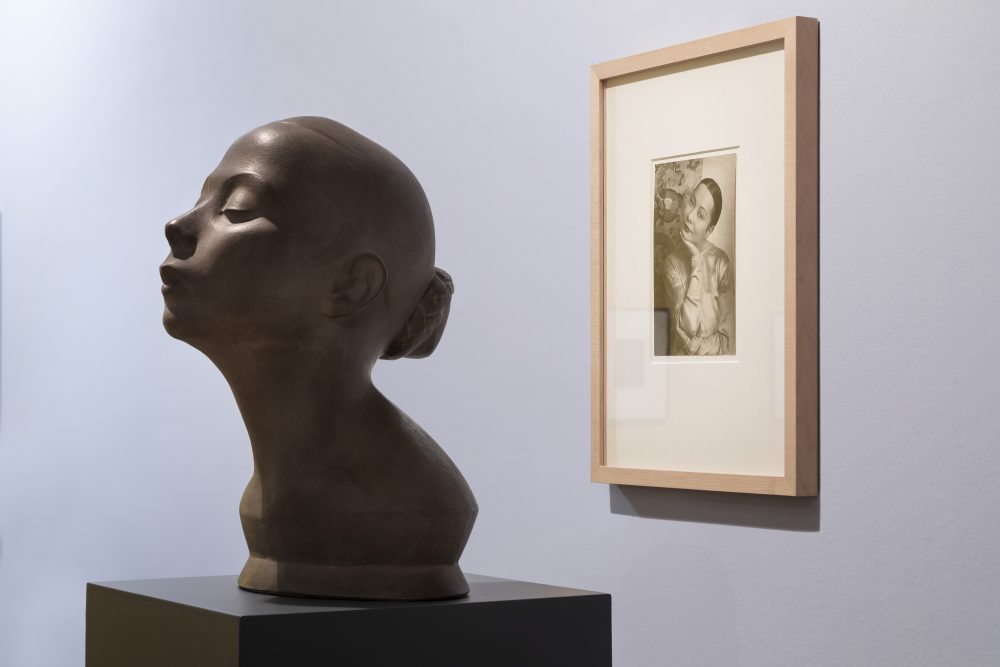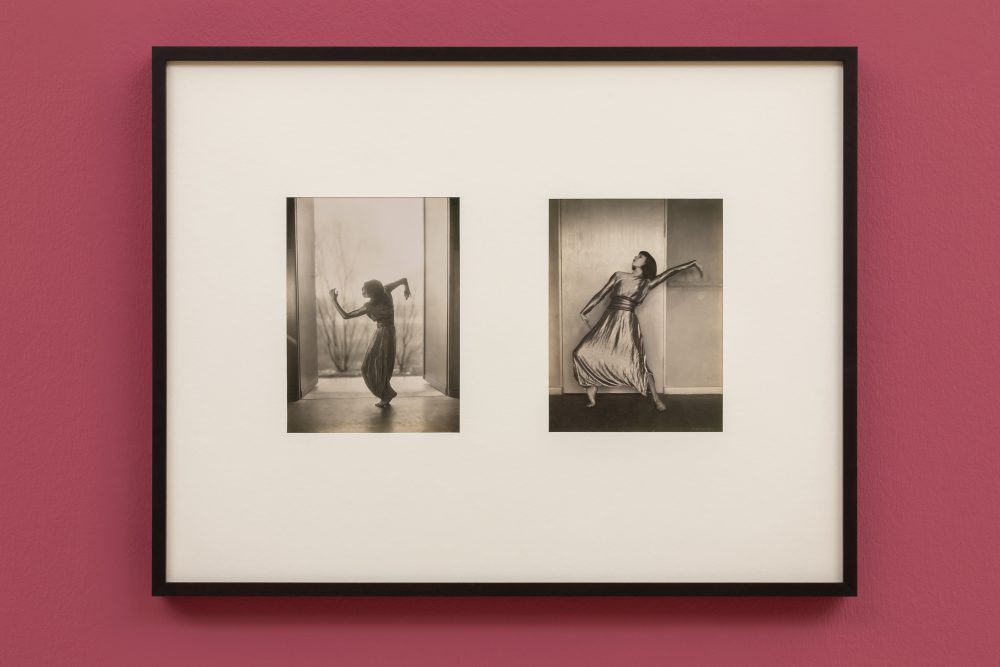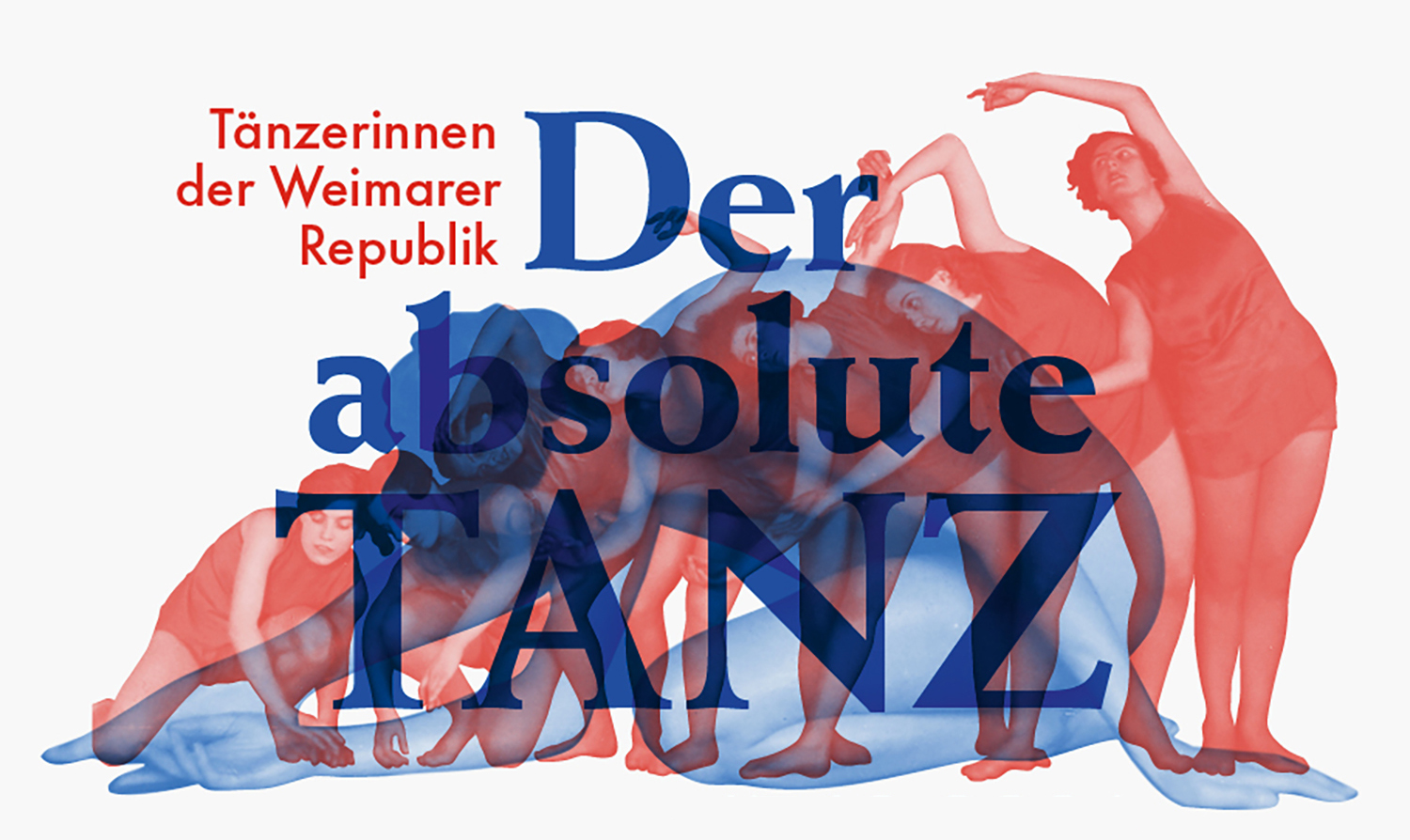
The Absolute Dance
Female Dancers in the Weimar Republic
25. April 2021 – 17. October 2021
With expressive movements, extravagant appearances, and explicit notions about their role in the world, a generation of young female dancers in 1920s Berlin shattered the conventions of their time. After the collapse of the monarchy, society experienced a state of upheaval. The Weimar Republic was still young, and a general disorder fueled artistic expressions that vehemently defied the norms of the bourgeoisie, constricting genre concepts and gender boundaries.
The freshly introduced women’s suffrage of the early Weimar democracy led to more sovereignty among women, the admission of female athletes to the Olympics to more liberalness in fashion – and soon also to more bare skin in everyday life. While more and more female citizens used the opportunities denied to previous generations of women, it was the female dancers of this era who became pioneers. Their radical, space-sculpting concepts left their mark on society, but especially on the visual arts. In the lively cultural metropolis Berlin, the fruitful combination of dance and sculpture revolutionized the relationship between space, time, and form.
In this context, the avant-garde pieces of dancers such as Valeska Gert and Anita Berber are to be considered, whose experiments between mimicry, dance, language, and sound provoked numerous scandals in the Berlin of the Weimar years – which in turn helped the artists themselves to enormous popularity. As pioneers of a radically new body- and self-awareness, they became icons whose impact radiates into the present. Other influential protagonists of the new dance, who saw themselves as ambassadors of a new body movement inspired by reform pedagogy, were Hertha Feist, Vera Skoronel, and Berthe Trümpy. Dancing on the ruins of an old social order, they too wanted to actively shape the new one. Their ideas and teaching approaches set a precedent in the Berlin of the young republic, where more and more dance schools soon opened, many founded and run by women.
The focus of the exhibition „Der absolute Tanz“ (The Absolute Dance) is a total of eleven outstanding female dancers who worked in Berlin during the 1920s. In addition to those already mentioned, the show’s protagonists also include Charlotte Bara, Tatjana Barbakoff, Claire Bauroff, Jo Mihaly, Oda Schottmüller, and Celly de Rheidt. Although these artists‘ approaches and styles differed greatly, all of their choreographies and dances stand out as expressions of cultural self-creation that enriched modern dance with aspects of the sculptural – and sculpture with its physical energy and presence.
A variety of archival documents, films, photographs, sketches, and sculptures trace the lives of the protagonists and create new approaches to their influential, spatial sculptural concepts. At the same time, their work is related to contemporary perspectives and artistic positions. Thus, the exhibition is in dialogue with a new series of works by Ulla von Brandenburg, which was developed especially for the Georg Kolbe Museum and produced in cooperation with the event „Le Voyage à Nantes“. In the course of the exhibition, the SCULPTURE Festival, whose kick-off event already took place in September 2020 at the Georg Kolbe Museum, will also be continued.
